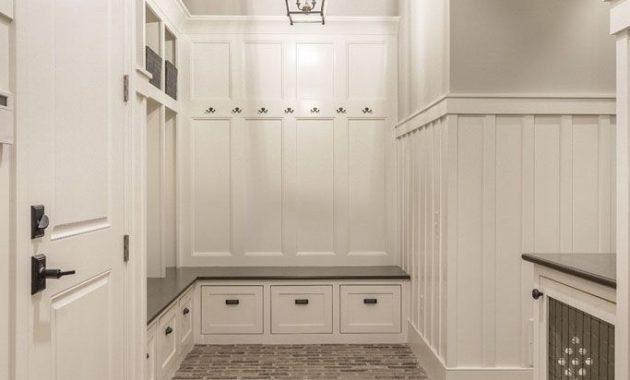For those small-home dwellers defined as minimalists, interior design is less a matter of how much one can live with as it is how much one can live without. However, the same interior design principles apply to all who want to maximize their downsized living area. The first principle to understand is that interior design for small spaces has no room for clutter; all unused or unusable furniture, knick-knacks and appliances must go.
The second principle addresses spaciousness-and not lack of it. It is possible to visually enlarge a room’s proportions by positioning and re-purposing furniture, especially with the multi-use pieces on the market today. Maximizing spaciousness also involves identifying each room’s theme, especially the living room, which will likely be the largest room. With a vision for how to best maximize living area, practice the art of illusion.
Old tricks apply: incorporate as many large windows as possible; the higher the ceiling, the larger the room seems; avoid furnishing rooms with big, overstuffed furniture. Also, paint walls in bright colors to avoid the illusion of being “boxed in” in a warm, dark room-going further, boldly painted walls with equally bold patterns can maximize the impact of a room’s theme. For odd-shaped or uneven walls, painting a horizontal stripe along a wall’s length makes a small room appear larger. In fact, the stripe distracts the eye away from the uneven wall in the room.
Allowing as much floor area to show also lends to a spacious effect. This can be achieved with tables, sofas and chairs without skirts or bases. Simple, basic aesthetics work well for any small house, and always match furniture fabrics and colors for a streamlined look. A cohesive appearance is the goal; avoid contrasting furniture colors or patterns, which throws the eye. A must-have for any downsized space is closed storage, and utilizing furniture with hidden storage areas is a big plus.
Aside from furniture, other effective interior design for the downsized home that “opens up” a room is decorating the walls with photos or art that is few in number and small in size. Smaller frames-vertical on vertical walls and horizontal on horizontal walls-allow wall space to carry the eye from one room to the next, contributing to a sense of flow in the house.
Also hang pictures at or above eye level; this prompts the eye to keep looking up and around, which is the goal for the illusion of spaciousness. Whatever the element in a room-furniture, art, electronics-small space works when scale is understood. Some designers note that scale is the most important element in a small space. If the scale is off, no amount of clever design can compensate. It simply will not work.
The third principle of small-space interior design involves comfort and functionality. Downsizing means moving into a smaller space, which can be uncomfortable for a time. Lessen the stress by making your rooms inviting and purposeful. Ensure that all walkways are clear and unimpeded by items such as bulky coffee tables and ottomans. Using long, narrow, light-colored rugs or runners to direct people from one room to the next is a great way of achieving a sense of direction in the home.
Mastering the art of small-space interior design takes some time. But the joy of achieving the illusion trumps the hits and misses along the way. In the end, the home will more comfortable and the design will be all yours.















































 44 Affordable Small Swimming Pools Design Ideas That Looks Elegant
44 Affordable Small Swimming Pools Design Ideas That Looks Elegant